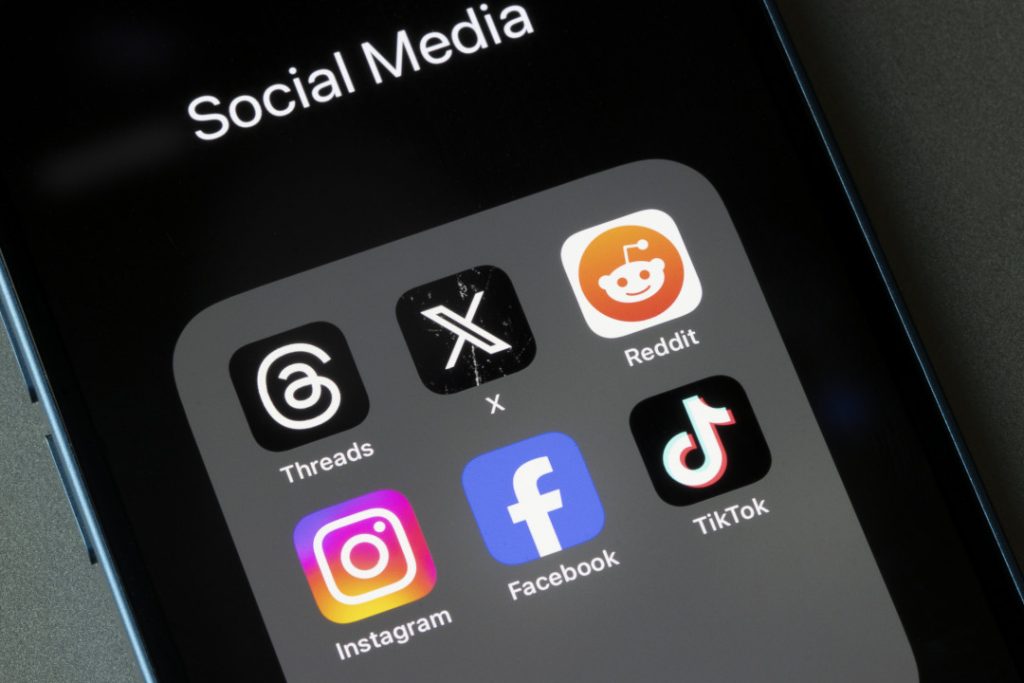Much of business, and life for that matter, is figuring out how to close the gap. Whether it’s how to narrow the space between you and your closest competitor or strategizing about the best way to get from where you are to where you want to be. Building a great B2B brand is no different. It’s all about bridging the gap between brand promise and brand experience.
Brand Promise vs. Brand Experience: How They Work and How They Work Together
Because marketing professionals can sometimes overcomplicate things, let’s pause for a moment to define exactly what we mean by brand promise and brand experience.
Brand Promise: Why you exist; your purpose; your “cause”
Brand Experience: What you do; how you bring your “cause” to life
Simple. Trite. Maybe overly so? Possibly, but don’t let that deceive you. Unfortunately, the number of companies that misalign brand promises with brand experiences is huge. The Chartered Institute of Marketing’s Brand Experience Survey outlines what a pervasive problem this is for companies. Here are some of their disappointing findings:
- 45% of respondents believe that their internal brand culture is not aligned with external brand values.
- Half of respondents say their leadership team does not use the company’s brand promise when making decisions.
- Only 37% believe all their employees truly understand how to leverage the brand promise into a brand experience for the customer.
For many, bridging the gap from brand promise to brand experience seems confusing and out of reach. To successfully transition words into actions, we need to understand why so many fall short of delivering in the first place.
3 Common Pitfalls of Bridging the Gap Between Brand Promise and Brand Experience
1. Failing to Define a Meaningful B2B Brand Promise
A brand promise should be bold, clear, and unwaveringly earnest. Everyone – from employees, vendors, media, the community, and your customers – should know what you stand for, and equally as important, what you won’t stand for.
A brand promise can sometimes be confused with a mission statement. Although they share similarities, the difference lies with their intended audience. A mission statement describes your company’s purpose from an internal perspective and generally inspires and motivates your employees. A brand promise, however, focuses externally. Its purpose is to introduce your brand to the world and hold it accountable to customers and the experience your company delivers.
A strong, meaningful brand promise is rooted in differentiating values. What makes your B2B brand different? How are you unique compared with the rest of the industry? Once you determine that, write it down and use it to make key decisions. How you hire and train your employees, the way you treat your customers, your communications strategy should all point back to this promise. A brand promise is not who you want to be; it’s not aspirational or wishful thinking. It is who you are; it’s your B2B brand’s DNA.
2. Not Integrating Your Brand Promise with Employee Training
Your B2B employees are your brand’s best ambassadors. They are the people who interact with your customers most, and those interactions can make or break you. It is imperative that employees know and understand what the company values. When done properly, the onboarding process for new hires should be dripping with your brand promise. One study found that the onboarding process not only helps brand management but also can lead to a 91% retention of employees.
Allow the brand promise to seep through to the very basic levels of training, and you will see it in action. By encouraging employees to make decisions and behave in a manner aligned with the company values, you are on the way to building a culture of excellence.
3. A Brand Experience That’s Inconsistent with the Brand Promise
The brand promise can easily turn into a vapid set of words if it is not followed by action. The disparity between the brand promise and customer experience was the subject of a groundbreaking study by management consulting company, Bain & Company. After researching 362 companies, they found that 80% believed they delivered a “superior” consumer experience. Only 8% of customers agreed.
- Misidentifying Customer Needs. It’s common for B2B businesses to think that customers want one thing only to discover they want something entirely different. This is where a strong brand promise shows its utility. Measure every decision against what you value, and if it does not align with your promise and fulfill a tangible customer need, there is no need to entertain it.
- Measuring Part of the B2B Customer Experience. This pitfall occurs when departments work in silos. In order to understand how to deliver an excellent experience, a wholesale view of everything the customer sees, touches, and smells needs to be measured. You can then see where problem spots are and strategize how to address them effectively.
- Overcommitment to Best Practices and Undervaluing Context. What customers want out of the dining experience is changing, which means the dining experience needs to change too. Survey what you consider “best practices” and determine if they are still relevant to your target customer. In the same breath, what works for some B2B brands will not work for others. Take a step back and look at the context of each decision you make for your business.
The gap between brand promise and brand experience can a treacherous journey. It is not easy, but it is necessary. Aligning the two starts with a strong commitment to a consequential set of values that permeates your organization. Onboarding employees in a way that allows them to learn, understand, and execute these values pushes your brand out to the frontlines where your customers experience it. How your B2B company presents itself at every touchpoint should feed into and point back to what you value. The strongest brands do not miss an opportunity to live out their brand promises. They are the companies who tirelessly seek to do more than talk about their values – they showcase them by giving customers not only an experience, but a memory.




